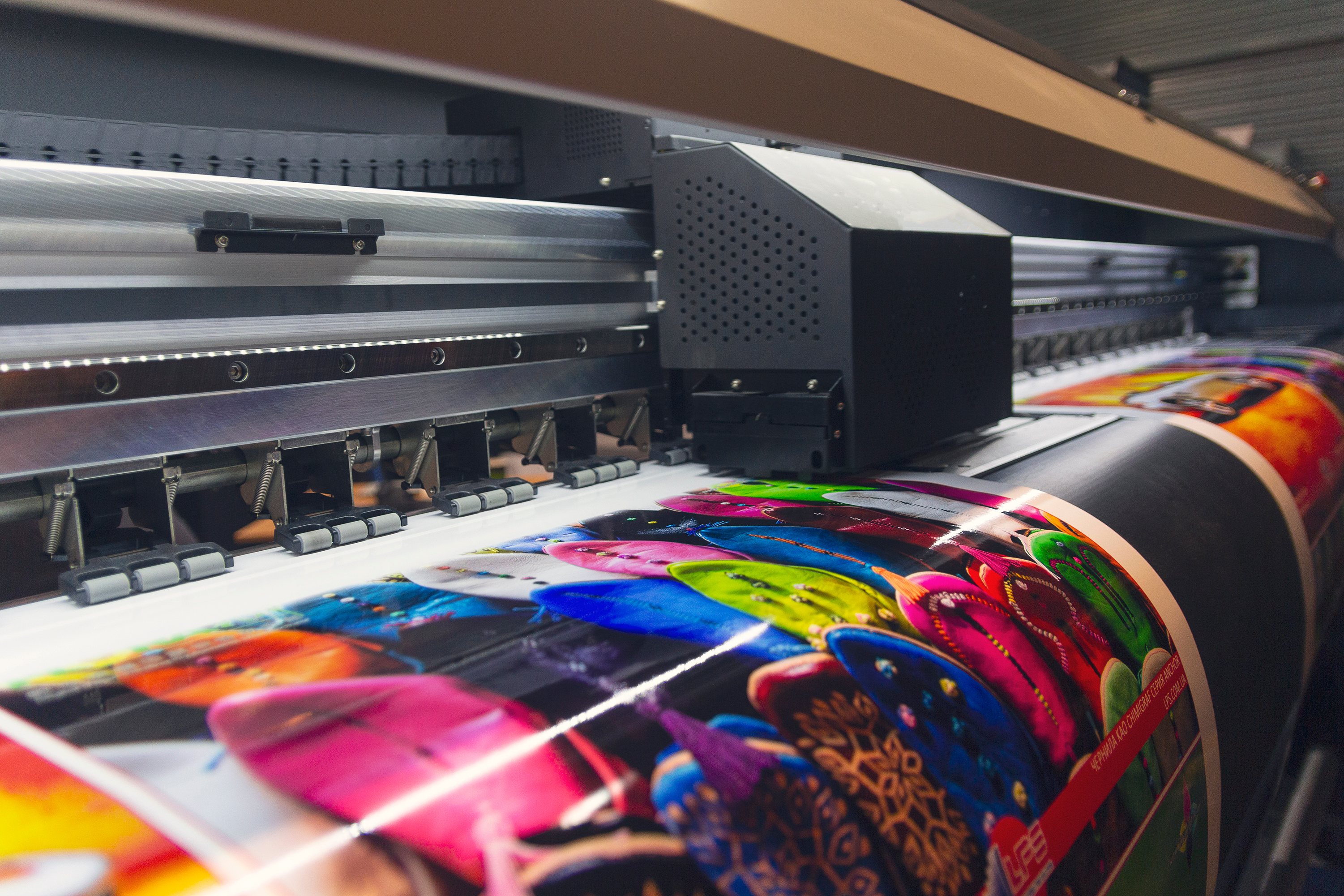Creative Printing Techniques for Captivating Designs

Printing is more than just putting ink on paper; it is an art form that allows designers and creatives to bring their visions to life. Creative printing techniques go beyond standard methods, adding unique elements that captivate the viewer’s attention and create a lasting impression. To gain valuable insights into the latest printing technologies and trends, check out the informative Platon Graphics article here. In this article, we will explore various creative printing techniques that can elevate designs to new heights, from tactile finishes to mesmerizing visual effects.
1. Embossing and Debossing
Adding Texture and Depth
Embossing and debossing are techniques that create raised or recessed patterns on paper, respectively. These tactile finishes add depth and texture to designs, making them visually striking and engaging to touch.
Enhancing Branding and Logos
Embossed or debossed logos and brand elements on business cards, packaging, and stationery create a sense of luxury and professionalism, leaving a memorable impression on recipients.
2. Foil Stamping
Metallic Elegance
Foil stamping involves applying metallic foil to specific areas of a design using heat and pressure. This technique adds a touch of luxury and sophistication to printed materials.

Dynamic Color Options
Foil stamping offers a wide range of color options, including gold, silver, copper, and various vibrant hues, allowing designers to achieve stunning visual effects.
3. Spot UV Varnish
Glossy Accents
Spot UV varnish is a glossy coating applied to select areas of a printed piece, creating contrast and highlighting specific design elements.
Matte vs. Glossy
The contrast between the matte paper and the glossy spot UV varnish creates a visually striking effect, making the design elements pop off the page.
4. Die-Cutting
Unique Shapes and Designs
Die-cutting involves using a sharp steel blade to cut out intricate shapes and designs in paper. This technique allows for endless creative possibilities, from custom shapes to innovative packaging.
Interactive Marketing
Die-cut elements can add an interactive element to printed materials, encouraging engagement and enhancing the overall user experience.
5. Glow in the Dark Printing
Illuminating Designs
Glow in the dark printing involves using specialized inks that absorb and emit light, creating a captivating luminous effect.
Unique Applications
Glow in the dark printing is ideal for products, promotions, or events that want to stand out and leave a memorable impression, especially in dimly lit environments.
6. Thermochromic Printing
Temperature-Sensitive Artwork
Thermochromic printing uses inks that change color when exposed to different temperatures, adding an element of surprise and interactivity to designs.
Innovative Packaging
Thermochromic printing is popular in packaging, revealing hidden messages or design elements when touched or exposed to heat.
7. Augmented Reality (AR) Printing
Merging Digital and Print
Augmented reality (AR) printing combines traditional print with interactive digital elements, such as videos, animations, and 3D models, accessible through a smartphone or tablet.
Enhanced User Experience
AR printing creates an immersive and engaging user experience, adding a layer of interactivity and storytelling to printed materials.
Conclusion
Creative printing techniques offer a realm of possibilities for designers and marketers to create captivating and unforgettable designs. From tactile finishes like embossing and foil stamping to interactive elements with AR printing, these techniques add depth, texture, and innovation to traditional print materials.
As technology continues to advance, creative printing techniques will evolve, enabling designers to push the boundaries of creativity and captivate audiences in new and exciting ways. The fusion of traditional craftsmanship with modern technology ensures that print remains a powerful medium for storytelling and artistic expression in a digital age.
Leave a Reply